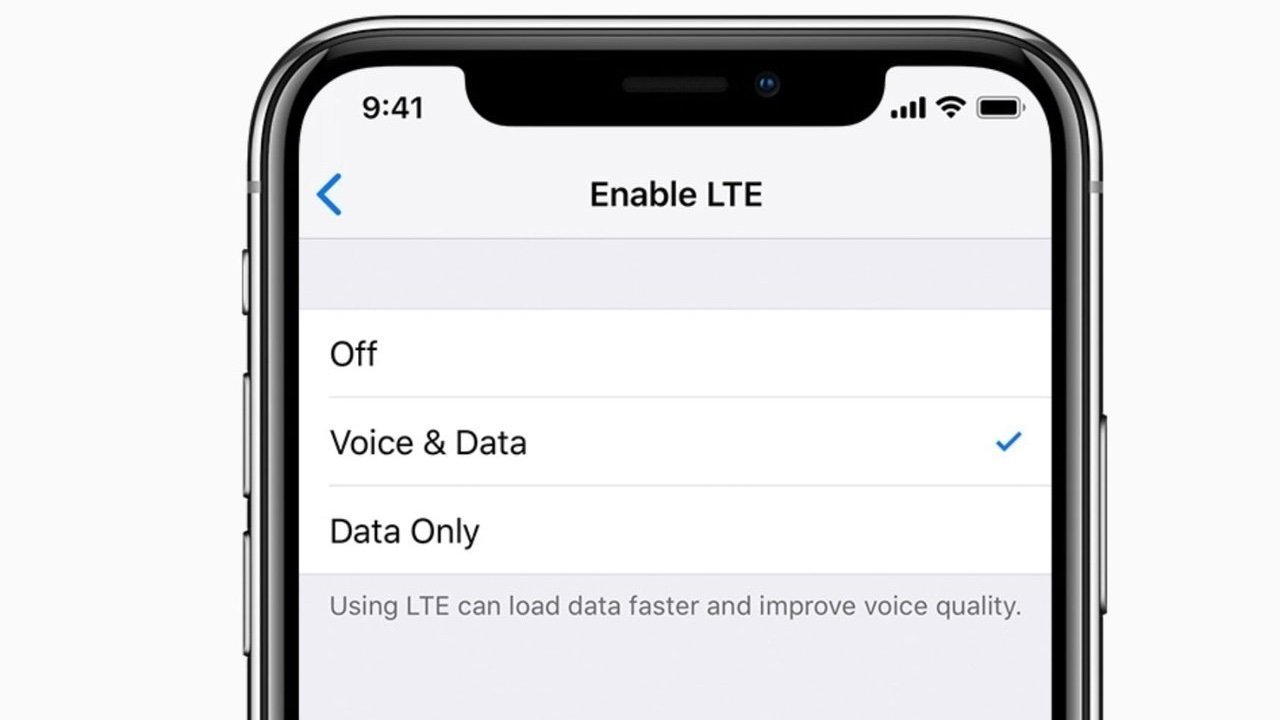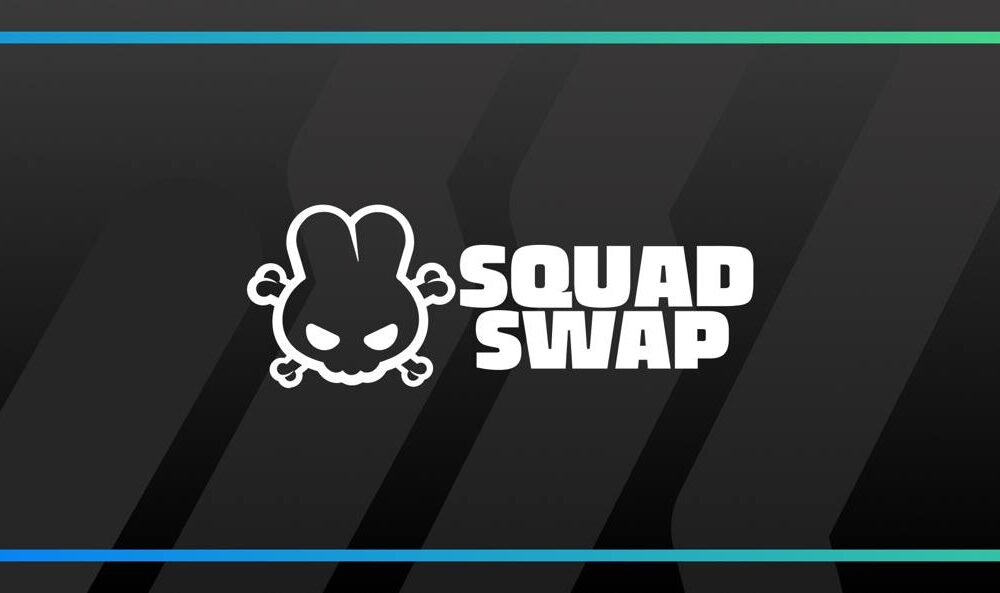An Ethereum blockchain API is simply a set of endpoints that enable your application to communicate with Ethereum nodes without running one yourself. In practice this comes down to a provider offering JSON-RPC (and often WebSocket) endpoints whereby you can issue plain HTTP/WebSocket requests to query data on-chain or initiate transactions. For example, Infura, GetBlock, Alchemy and others expose Ethereum’s default JSON-RPC interface (“getBlock“, “eth_call“, etc.) as well as additional APIs (token/NFT, webhooks, analytics) to simplify dApp development.
Developers prefer to use these APIs instead of self-hosting nodes because of the expense and time it takes to manage a node. An Ethereum production-grade node requires large storage, high availability, and engineering efforts. If you are running your own node for large projects, the setup averages around $86,000/year in maintenance costs. $2,000-$5,000/month in AWS costs, and about $4,800/month for engineering time. And that would only be the cost of running a single node vs. an entire network.
On the other hand, an API provider handles node ops, scaling and availability so that you can focus on your app. Cloud RPC nodes with good management also ensure low-latency world access (via geographically distributed endpoints) and uptime guarantees (e.g. 99.9% SLAs). Basically, utilizing an API service is “set it and forget it”: you give up a little decentralization (using a third party) for reliability and convenience.
Key Features of an Excellent Blockchain API
A quality Ethereum API provider is low-latency, has high throughput, and bulletproof reliability. Being fast matters (especially for trading UIs or real-time dApps), so look for providers with global edge networks and load-balanced nodes. For example, QuickNode says their endpoints have the fastest response times (often hundreds of milliseconds faster than Infura/Alchemy) by having servers hosted in many regions. Uptime and failover matter too. High-end providers like GetBlock have redundant nodes in place and auto-scaling to achieve >99.9% availability even for traffic spikes.
Scalability is hand-in-hand. The API service should auto-scale with demand, letting you burst to high RPS when needed. Most of them offer multiple tiers or pay-as-you-go models so you never hit an artificial cap. A good example would be Ankr’s Premium plan for up to 1.5k requests/sec (Node API) with 75+ supported blockchains, and even its free plan gives you 30 req/sec.
Cost efficiency is a concern as well. Providers typically meter usage in raw calls or in “compute credits”/units. A well-designed API minimizes per-call cost and has a high free tier. Infura’s free plan, for instance, grants 3,000,000 daily credits, and Alchemy boasts the “most generous free plan” in the industry, marketing it as “10x the capacity to build for free” compared to competitors. GetBlock’s free starter plan allows 50,000 CU/day (roughly 33 RPC calls/sec), while QuickNode’s free “Discover” plan offers 10 million requests/month on any chain.
In comparing providers, consider both free limits and paid plan costs. For example, GetBlock has paid tiers starting at $39/month for 50M CU, Infura’s “Developer” plan is $50/month for 15M credits, QuickNode uses paid subscriptions with an API-credit model (starting at 10M/month for ~$5–$10).
Security controls are applicable too. There must be authenticated API keys provided, and implement rate limits per key to prevent abuse. Key management and IP/whitelist domain support can protect your endpoints. Some providers (GetBlock, Moralis) also support webhooks or streams for push notifications (e.g. Moralis Streams or GetBlock Tracker) so you do not need to constantly poll for events.
Finally, even if you’re optimizing for Ethereum L1, multi-chain support is well worth it. Most dApps traverse L2s and sidechains. Top providers support dozens of networks. Infura supports Ethereum mainnet, testnets, and leading L2s (Polygon, Optimism, Arbitrum, etc.). GetBlock offers 55+ protocols. Alchemy supports Ethereum/L2s and even Solana. QuickNode supports 60+ networks (EVM and non-EVM). Moralis’s APIs are designed to be cross-chain (ETH and most EVM chains). Ankr supports over 75 chains. If your future roadmap includes more than a single chain or L2 rollups, pick a provider that already natively supports them.
Comparing Popular Blockchain APIs Providers
|
Provider |
Free Tier (limit) |
Free Rate Limit |
Paid Example |
Notes |
|---|---|---|---|---|
|
GetBlock |
50,000 CU/day |
5 RPS |
Starter $39/mo: 50M CU (≈0.78$/M CU), 25 RPS |
Free covers all 50+ chains; paid plans very granular |
|
Alchemy |
100M CU per month |
25 RPS |
PAYG: e.g. 10k CUs (≈300 req/s), 30 apps, 50 webhooks |
Free plan yields ~10M+ CUs monthly; focuses on CU billing |
|
QuickNode |
10 million responses/month |
(quota-based, ~2.8k RPS equiv) |
Paid plans use API-credits (e.g. 10M credits for ~$50/mo) |
Free tier includes archive & NFT APIs |
|
Moralis |
≈10M requests/month (1,000 CU/s, 40k CU/day) |
1,000 CU/s |
Pro: 1,500 CU/s, 100M CU/mo; $25 per extra million requests |
Free tier ~25 req/s; calls counted in Compute Units |
|
Infura |
3,000,000 credits/day |
500 credits/s |
Developer $50/mo (15M credits/day) |
Uses credit system; no special data APIs |
|
Ankr |
30 req/s, 65+ chains |
30 RPS |
$10 → 100M credits (Node API) |
Supports 75+ chains; also has a no-login 20 RPS free tier |
Let’s examine six leading Ethereum RPC providers: GetBlock, Infura, Alchemy, QuickNode, Moralis, and Ankr. We assess their core capabilities, performance profiles, cost models, ecosystem utilities, and typical uses.
GetBlock
GetBlock is a 55+ worldwide blockchains RPC provider. The main appeal is multi-chain flexibility and scalability. You receive endpoints for Ethereum, Polygon, BNB Smart Chain, Solana, Aptos, and others with a single account. The free tier is extremely generous (50K “compute units” daily, 5 RPS), and paid tiers are super granular ($39/mo for 50M CU at 25 RPS). Especially, GetBlock allows you to simply rent dedicated nodes if you require guaranteed throughput or enterprise SLA, which is not something others like Infura/Alchemy provide off the shelf.
Where GetBlock shines is exactly what its name implies: getting a node on many chains in a hurry. If your dApp has its eyes set on many networks (cross-chain bridge, aggregator, multi-chain game), GetBlock’s “single account for 55+ chains” is a solid solution. Developers adore its easy scaling: you can start with the free multi-chain plan and then add some increments of calls (5M, 10M) without overspending.
In short, GetBlock is the proper choice if chain diversity and incremental scaling are more valuable than lowest-latency options. Its features are mostly RPC and dedicated servers. No NFT APIs or analytics dashboards, but you get extensive coverage.
Ankr
Ankr is yet another multi-chain node provider with extensive network (75+ chains, 800+ archive nodes). Both “Node API” (standard RPC) and “Advanced API” (indexed data with multi-chain queries) are supported. Free plan has 30 RPS and support for 65+ chains (+a “Public” free plan at 20 RPS without even needing to log in). Paid is pay-as-you-go in “API Credits” (e.g. $10 gets 100M credits).
Ankr’s docs are enterprise infrastructure and analytics focused (team/project dashboards). There is reliable performance, and its Advanced API can call a number of chains in parallel or get optimized data (fewer requests). Trace and debug method support is part of Ankr’s Node API. It’s appropriate for high throughput need teams (1500 RPS on Premium) and many chains, with project-level analytics.
In usage scenarios, Ankr is the same as QuickNode or GetBlock: if you need multi-chain or high-volume access, it can handle it. It doesn’t have token/NFT endpoints like Moralis or Alchemy. In contrast to GetBlock, Ankr has more advanced analytics and a public free plan. In contrast to Infura/Alchemy, Ankr is more credit-oriented and multi-chain.
Infura (by ConsenSys)
It is one of the oldest and most widely used Ethereum API services. It provides stable JSON-RPC and WebSocket interfaces for Ethereum mainnet and EVM networks (Polygon, Optimism, Arbitrum, etc.). It has enterprise-grade uptime and reliability. Infura even now offers an Infura Turbo (ITX) add-on for priority transaction relays. Infura offers 3M credits/day with up to 500 credits/sec on its free plan, and its Developer ($50/month) plan increases that to 15M credits/day.
Infura has no high-level NFT or analytics APIs, but it plays perfectly with MetaMask and mainstream libraries. In practice, Infura is a “battle-hardened, set-it-and-forget-it” solution for purely EVM-based dApps. It’s perfect for those projects that care more about stability and broad support of EVM than cutting-edge features.
One of its weaknesses is centralization risk (Infura is a single point of failure), although ConsenSys is addressing this through a Decentralized Infrastructure Network. In general, the strengths of Infura are reliability and Ethereum specificity; not so great if you need multi-chain or exotic APIs.
Alchemy
Alchemy is a full-featured developer platform built around RPC nodes. It supports Ethereum, all the major L2 rollups (Optimism, Arbitrum, Base, etc.) and even Solana. In addition to Infura’s raw RPC, Alchemy includes “value-added” features: NFT API, Token API, transaction history endpoints, real-time Webhooks (mempool listening), and developer dashboards for monitoring and analytics. It favors data accuracy (30% node redundancy for precision) and developer UX.
The pay-as-you-go tier can support up to 10k Compute Units (≈300 RPC calls/sec). Alchemy is used by large dApps (OpenSea, Aave, etc.) for analytics and indexing capability. Briefly put, Alchemy is awesome for DeFi/NFT applications with analytics, augmented data, and multi-chain capabilities: dashboards, higher-level APIs, and fantastic L2 support. The drawback is complexity and cost: more powerful APIs can incur more compute units, and if you’re stuffing billions of calls, watch pricing tightly.
QuickNode
QuickNode is a speed-optimized infrastructure platform. It supports Ethereum, Solana, dozens of other chains (60+), and specialized endpoints (e.g. “Yellowstone” for Solana). It lets you choose endpoint regions (on bigger plans) to lower latency. QuickNode includes archive data, NFT APIs, and comes with an analytics dashboard (usage metrics, logs).
In pricing, QuickNode just added a free “Discover” plan with 10M monthly responses (cross-chain, plus archive and NFT/Web3 APIs) – super attractive for prototyping. Paid plans use an API-credit model (sophisticated but comprehensive). QuickNode is typically optimized best for high-frequency or data-heavy apps: its low-latency global nodes are ideal for real-time UIs of trading or dashboards where freshes in real time are critical. QuickNode is less about ancillary tooling and more about raw speed and range of networks.
Moralis
Moralis is a whole Web3 dev platform. Moralis’ EVM API does not just give you RPC access, but higher-level endpoints for wallet balances, NFT collections, token prices, Streams (webhooks), and even user auth. That would enable a single call to get a user’s full token portfolio with metadata and prices, something Infura/Alchemy would require multiple calls or third-party services to accomplish.
Moralis free tier has ~1,000 CU/s and 40k CU/day (≈10M CU/month). It is extremely cost-effective for token/NFT use cases: you’re cutting down on infrastructure by letting Moralis do indexing and data enrichment. Moralis is available in NFT platforms and cryptocurrency wallets (Metamask backend). But it’s high-level data, not bare-metal RPC. Moralis’ RPC nodes are shared (no dedicated option on lower-tier plans), and its higher-end “Cortex” offerings are enterprise-focused.
In brief, use Moralis when you require out-of-the-box NFT/token support and rapid time-to-market (streamlined dev), especially for NFTs, wallets, or portfolio apps. For plain vanilla Ethereum/L2 queries it’s sufficient, but you might find GetBlock/QuickNode more broadly useful for low-level or unusual use cases.
How to Choose a Correct Blockchain API Provider for Your dApp?
When choosing a blockchain API provider, match its features against your dApp’s needs. For read-heavy applications (block explorers, analytics dashboards, portfolio trackers), archive access and high throughput are key. QuickNode or GetBlock providers excel in these areas: they support archive queries and send massive read loads rapidly with low latency. As an example, a trading dashboard that needs sub-second price refreshes will welcome GetBlock’s fastest-endpoint mantra. For write-intensive or latency-sensitive use cases (on-chain games, bots for trading), low round-trip time is paramount again, again pointing towards providers with global endpoints (QuickNode) or the ability to spin up dedicated nodes.
For special features, look into the following:
- NFT platforms might prefer providers with NFT APIs (Moralis, Alchemy) for straightforward metadata retrieval.
- DeFi protocols requiring transaction traces or call histories might prefer Alchemy or Ankr as they offer debug/trace RPC and data indexing.
- Gaming or on-chain real-time applications that jump between chains can take advantage of GetBlock or Ankr for their wide multi-chain support and effortless scaling.
Cost is another factor: small projects or hackathons will usually start with the free tiers. Infura and QuickNode have very generous free limits, but note Infura’s free credits are per day while QuickNode’s is monthly. GetBlock’s free tier, while smaller (50k CU/day), is chain-agnostic, making it handy if you want to experiment on multiple network. If budget is tight and you only need one chain, a lower-cost option like Infura or QuickNode free tier suffices. If you need fine-grained scaling (e.g. just enough extra capacity), GetBlock is attractive because you can add small increments of requests (e.g. $39/mo for 50M CU) rather than buying an expensive high-tier plan.
Conclusion
Briefly, the priority choice criteria are performance, price, and functionality:
- A dApp requiring quick, real-time feedback should use a low-latency provider.
- A cost-conscious project can use a feature-rich free plan (Alchemy/QuickNode) or a pay-as-you-go strategy (Ankr/GetBlock).
- If you need rich data out of the box (NFT metadata, token prices), Moralis or Alchemy save development time with high-level APIs.
- Every provider also differs in tooling – Alchemy’s dashboards and performance monitoring, QuickNode’s logs, Moralis’s SDKs, and so on.
Going forward, I expect API providers to increase L2 and cross-chain support as Web3 scales. Many already cover popular rollups and sidechains, but new networks (zk-rollups, Cosmos chains, etc.) will be added. Decentralization concerns may push providers toward more distributed node networks (e.g. Infura’s Decentralized Infrastructure Network). As Ethereum’s capacity grows via sharding and layer2, providers might offer multi-layer APIs (e.g. queries that combine L2 and L1 data) and more on-chain indexers.
In any case, the basics remain: look for a provider that matches your traffic profile, budget, and development needs.


















